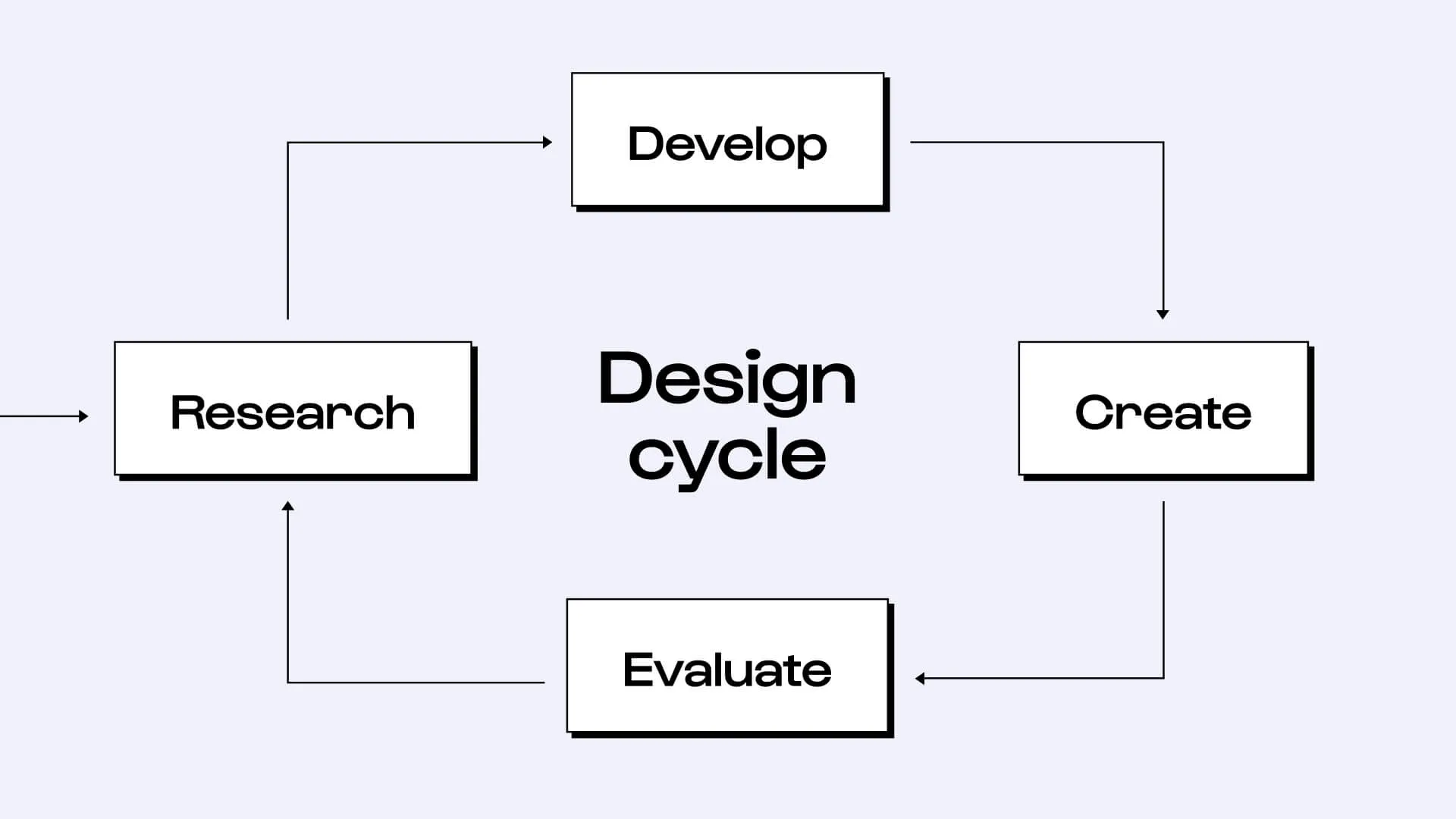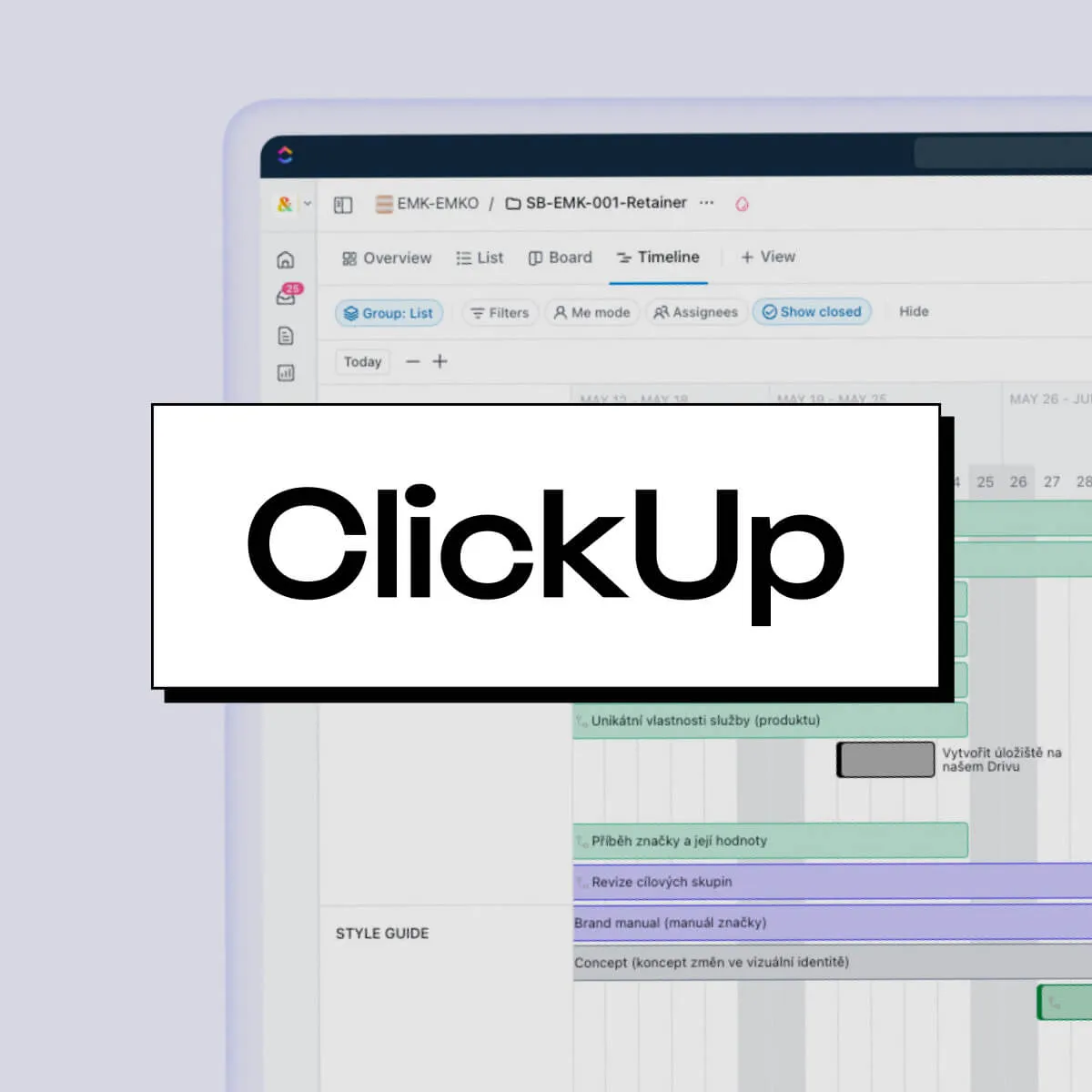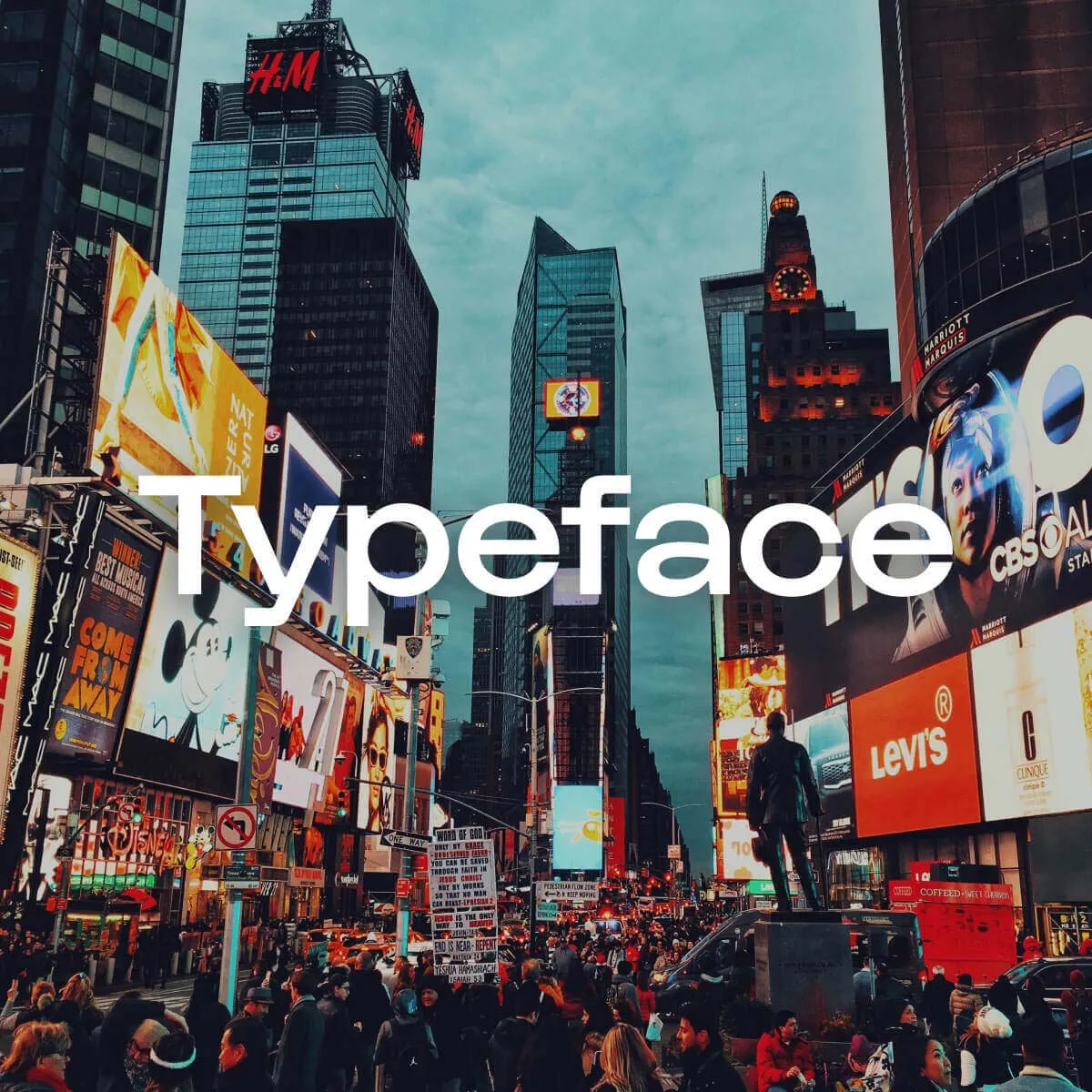A retainer is a new form of cooperation on which we have started to build our relationships with clients. We believe it brings a lot of benefits to both sides. In short, it’s something like a subscription. Instead of a precisely fixed project, you pay for our services monthly.
Why retainer?
Frankly, finding a way to stabilize our revenues is an important challenge in a market for which one-off orders are typical. And aside from the business case, long-term cooperation is justified in design itself.
Design should inherently be an iterative process. The one-off nature of projects weakens their value, as it relegates the measurement and evaluation of the results and the long-term development associated with them to the background.

However, the need to change standard thinking about brand or web contracts didn’t only occur to us. A retainer responds to the pain experienced by our clients in trying to find the right supplier and establish a functioning collaboration.
The bidding process is expensive and exhausting, but in the end there is a risk that the project won’t bring desired results or fit into the established conditions.
[.c-quoteboxlight] “After having a challenging experience with a previous agency, it was refreshing to work with Semibold. [...]”
Anna Spisak, Head of Design, Goldfinch Finance [.c-quoteboxlight]
How does it usually go? Guesswork, negotiating and paperwork
In an ideal world, we would start every collaboration with research. It would be followed by strategy and design, and in a few months we would submit the first version of the graphic manual or the prototype of the website. That's not how it usually works though.
In fact, first we spend several weeks working on briefs, debriefs and documentation to be able to calculate the price and set a deadline.
We then submit a quote where we show you the price for the first project. But we’re rarely able to know the total price of what you need. The complexity of each project is influenced by the previous one.
[.c-quoteboxlight]For example, when we find in the brand strategy phase that an identity is supposed to be based on specifically styled product photos, it will take longer to create the visual style than if we were building it on minimalist typography.[.c-quoteboxlight]
Before the next meeting, we adjust the offer based on facts which we weren't able to find out from you before. It's usually a no-brainer to cut at least a part the research because there isn’t enough budget or time for it. And despite all this, the first project is often quite expensive, since beginning cooperation is naturally always time-consuming for both parties.
When we agree on the scope, budget and schedule, we might have to haggle with procurement or legal departments, too...
[.c-quoteboxlight]Out of nowhere, we find we’ve spent a few weeks (in the best case) and a few dozen person-hours, give or take (also, best case) without doing any actual work. I dare say that looking for a more effective solution is the logical outcome of these experiences.[.c-quoteboxlight]
Now to get to work...
The goal of the team members now (at least subconsciously) is to “hit” the estimation of the complexity assigned to the project. Paradoxically then, it’s hard to prioritize the quality of the result.
By the way, projects in our industry usually end with another negotiation, this time about extra-work (which arises naturally because of changes in the scope as the work progresses in response to the facts found out along the way). Then we again embark on guessing the difficulty of the subsequent tasks.
Wouldn't the world be better if, instead of guess-work and negotiations, we went straight to work, so that you already have the first outputs in your hands in a month? What if we set priorities continuously and together so that we can base them on deep knowledge? If you didn't have to risk throwing money down the drain in partnership with people you found you actually hate?
Retainer close up
A retainer is a form of cooperation in which you don’t pay us a predetermined amount for a strictly defined project. Instead, you pay for our work (limited just by the number of hours) on a monthly basis. Until everything you really need is done.
What does retainer allow us?
Deliver quality
The budget is a given, so we don't have to focus on hitting it. We focus on the work itself and ensuring that its results meet your expectations and goals.
Reduce risk
There is no commitment on your side. You can cancel any time simply by not extending the cooperation for another month.
For us, in turn, an important advantage is that the invoices precede our costs.
Save money
Thanks to the limit of hours worked, we don’t risk a negative margin (unlike one-off projects with a fixed price). In exchange for this stability, we offer lower hourly rates when cooperating in the form of a retainer.
Save time (and start now)
Instead of spending weeks or months in the selection process, you can simply try us for one month. Our most experienced people get involved in the work straightaway, instead of spending time negotiating.
Anticipate
For some of our clients, it’s a plus that they can plan regular costs in advance. For us, it's definitely better to plan ahead for revenue. And capacities.
Adapt
When an activity doesn’t work, we can simply change direction. It doesn't have to bother us if you change the scope or if research results surprise us during the course of the project.
Sometimes it’s necessary to work more for a while, and sometimes, on the contrary, to slow down. At the end of each month, we talk about whether the intensity is set correctly.
Provide a wider range of services
The great advantage of a retainer is the possibility to invite experts from our sister companies from the Near & Dear Group without entailing any extra administrative burden.
Pleasant Surprise
When circumstances come together well, we can be extremely efficient. And then you won’t use up all the agreed capacity. At that point, we get the opportunity to debug details that are out of the question in budget-constrained projects. Or we are left with a bonus margin — this is probably the only feature of the retainer that is beneficial only to us.
It may also happen that we finish the project two months earlier than we expected. In that case, you simply won't pay for those months, and so the project will cost you less. Or we can continue the work and, for the originally planned money, you will get more results.
This can happen when your team is heavily involved in the project, or if in the course of the work it turns out that the project is easier than we expected.
Retainer or subscription?
The regular paid cooperation model also responds to trends in our industry. Freelancers and small agencies abroad started offering subscriptions a few years ago, and a similar concept is starting to seep into the Czech market.
Those subscriptions are usually limited by two factors:
- The designer only works on one task at a time. The next activity begins only when the first task is completed.
- The price of a subscription depends on the spectrum of activities that are included in it.
We found inspiration in other industries and we base the price only on the maximum number of hours. It’s natural for us to work on several projects with our clients at the same time and to compose a team from the roles that are needed.
[.c-quoteboxlight] "[...] If every agency functioned like Semibold, companies would love to work with agencies.”
Mantas C., VP of Content, Tatum [.c-quoteboxlight]
Model example: what can your retainer look like?
How much will it cost?
Let's use, for example, the value of 4,000 EUR (excluding VAT) per month.
For less than the cost of one full-time employee, you get a part-time team of experts that you won’t have to take care of. Instead, our account manager takes care of you.
When we come across something that is not within our competence, we’re able to borrow colleagues from our Near & Dear Group without additional paperwork. These can be programmers, video creators and photographers, or specialists in online advertising and social networks.
What do you get for your money?
Let's say that the price of 4,000 covers the maximum of 60 hours per month, regardless of activity or role. When we get close to the limit, we’ll let you know and we can arrange for a one-time increase in the monthly payment or to reduce the rate.
What if you don't use all the hours?
If we work less than 50 hours during the month, we will move the unused capacity to the following month. A maximum of 25 hours can be rolled over in this way, and the same hours cannot be rolled over more than once.
Is it possible to lower the price somehow?
If the proposed price is too high for you, it is possible to reduce the amount of monthly hours. This change would affect the timetable, but of course would not affect the quality of the outputs.
If you commit to a longer period of time, we can even go lower on the hourly rate.
What if you're not satisfied?
Before the end of each month, we’ll evaluate if the intensity of the work meets your current needs.
From month to month, it’s possible to change the composition of the team, the schedule of activities, the price/number of hours, or simply not extend the cooperation. It's kind of an endless trial.
How does it work administratively?
The terms of the retainer are simple: In order to start (or continue working), the invoice must be paid before the beginning of the month. Everything else is based on our Terms and Conditions.
We do not require signing any contracts. If your colleagues from other departments require it from you, we will find a way.
[.c-quoteboxlight] “Semibold was a joy to work with. Our cooperation was accompanied by a pleasant and very professional relationship. We liked the caring approach of the whole team; they were always attentive and responsive to our specific needs. [ ... ]”
Jindrich M., Senior Manager, Web Dev & Digital Marketing, Deloitte [.c-quoteboxlight]








